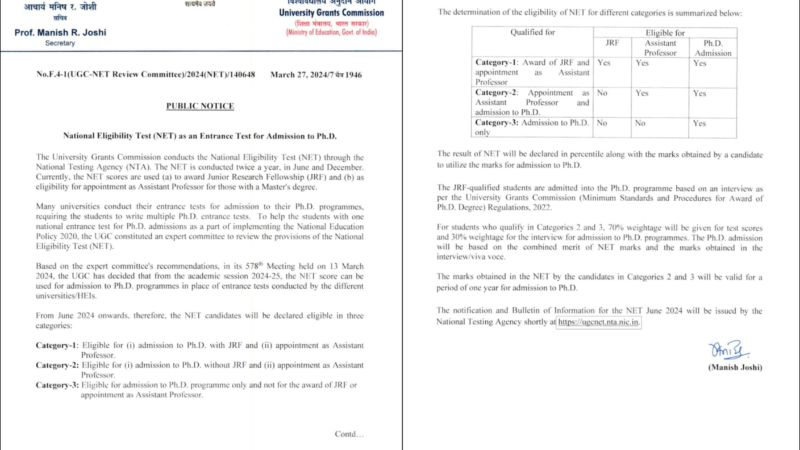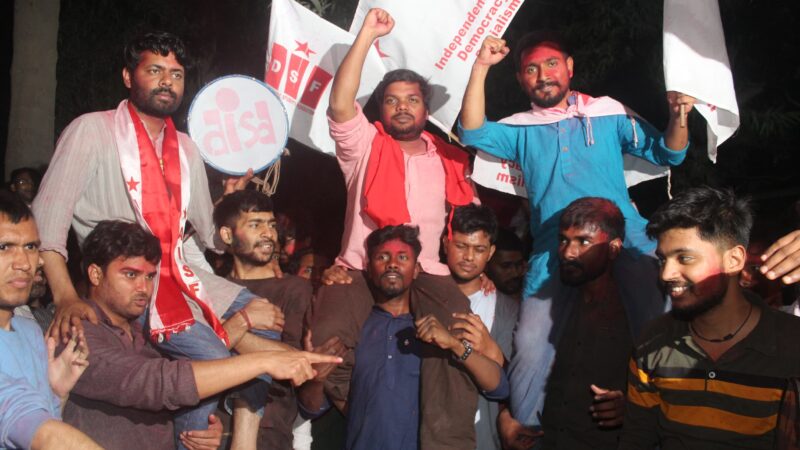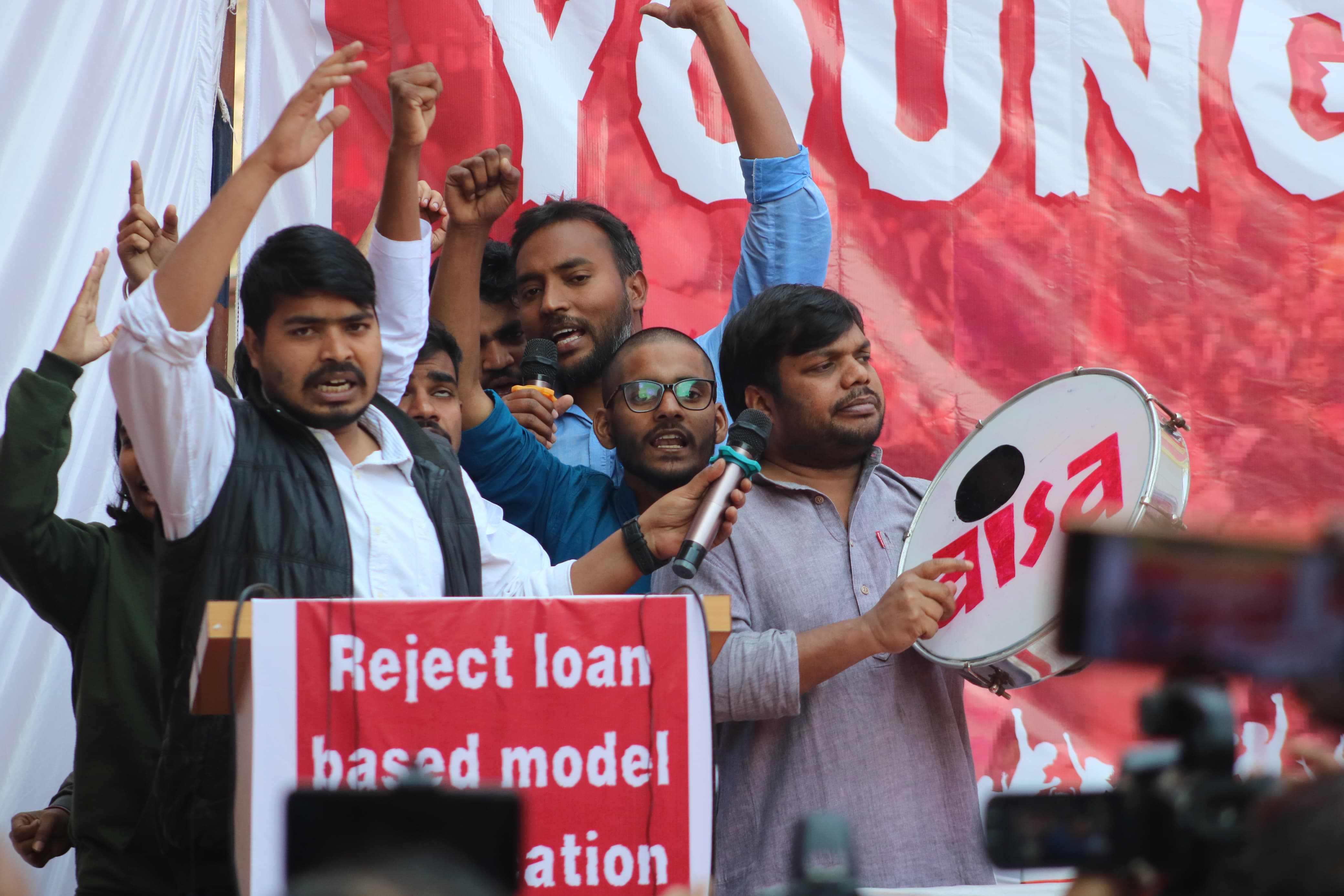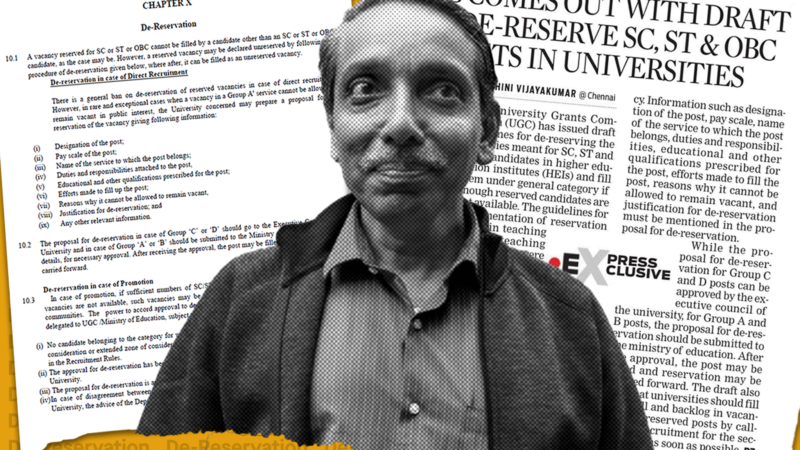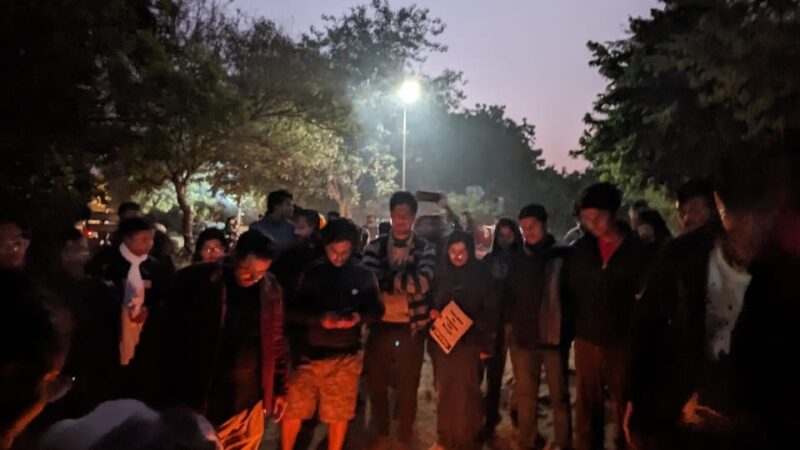Celebrating the Legacy of Freedom Struggles, Exposing the Betrayers
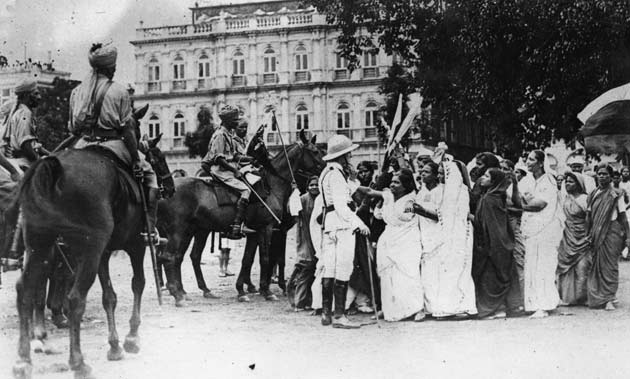
FREEDOM 75: Onwards 15th August, 2022 (Part I)
“Let us declare that the state of war does exist and shall exist so long as the Indian toiling masses and the natural resources are being exploited by a handful of parasites.” – Shaheed Bhagat Singh’s Last Petition, 1931
“The war which has now reached our shores directly constitutes at once a danger and an opportunity which both render it imperative that the militarization movement musts be intensified and every branch of the Hindu Mahasabha in every town and village must actively engage itself in rousing the Hindu people to join the (British) army, navy, the aerial forces and the different war-craft manufactories.” – Savarkar, addressing 23rd session of Hindu Mahasabha at Bhagalpur in 1941, recruiting for British masters
The Indian freedom struggle was a huge and significant one of its kind in the history of the world, bringing with it many important changes. This struggle by various sections of society against a system of colonial oppression lasted for about 200 years and was centered around the dream of building a new and modern India. Crores of people were part of the movements during the period between the first freedom struggle in 1857 to the Quit India Movement in 1942, finally India’s Independence in 1947. Lakhs of people were arrested and thousands martyred but the people continued fighting – this is the golden period of our history.
Diverse Streams in Freedom Struggles and the Betrayers
Several streams were active during the movement for independence. While the Congress led by Mahatma Gandhi emerged as the representative of mainstream nationalism, there were also many other strong voices. The farmers’ and workers’ movements, revolutionaries’ and communists’ struggles, equal participation by women and minorities on all fronts, awakening of the dalit community, and relentless struggle by adivasis–all these streams wanted freedom from colonial oppression as well as oppression and slavery at the social level. Indian society had deep internal tensions and there were also differences and disagreements concerning the objectives of independence. Despite this, when the country became independent in 1947 it declared unity, secularism and democratic values as its foundation.
Independence came with the pain of partition but the roots of our composite culture were so deeply entrenched in the freedom struggle that independent India was declared a secular nation. An intense transformation in the country’s socio-economic landscape was the need of the hour. Despite leaders like Bhagat Singh, Gandhi and Ambedkar and the social movements during the freedom struggle, socio-economic oppression of dalits, adivasis, women and other marginalized sections continued. Giving farmers land rights and workers a life of dignity–this was a task that still remained to be done.
Along with the rise of Indian nationalism, the rise of communal elements was the weakest link in the national movement. The British learnt from the 1857 freedom struggle that in order to rule this country they had to practise the politics of dividing Hindus and Muslims. The unprecedented Hindu-Muslim unity in 1857 had almost thrown the British out of the country. After 1870, Savarkar, Hindu Mahasabha and RSS played their politics around the Two-Nation theory and not only distanced themselves from the freedom struggle but their leaders even wrote apologies to the British, evidence of which is available today. But the freedom movement was so strong that divisive elements could never make a significant place for themselves during that period.
It is ironical that today when the country is moving towards its 75th year of independence, it is the communal ideology which is in the seat of power and wants to use its power to change the face of the freedom movement. All accepted standards of writing history are being flouted openly and facts are being twisted. In this situation, the true celebration of 75 years of independence would be to re-establish the dreams and values of the independence movement.
We must challenge the conspiracy by the ruling corporate communal-fascist forces to infiltrate into our country’s freedom struggle, tamper with it, and poison people’s minds with communal venom in the name of the freedom struggle. For this purpose, on behalf of AISA, we are going to publish a series of pamphlets celebrating the ideas the heroes of the first war of independence, Shaheed Bhagat Singh, Dr. B.R. Ambedkar and others.
